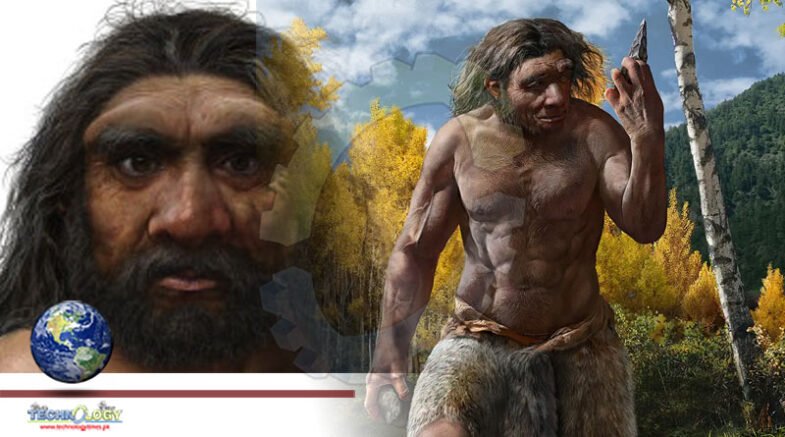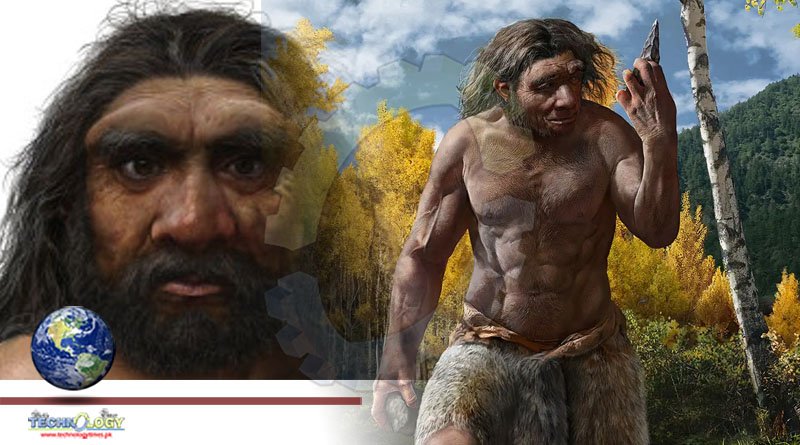The announcement of a new hominid species Homo longi or Dragon Man possibly a parallel and contemporaneous species of Homo sapiens, has made the story of human evolution even more complex.

The announcement of a new hominid species Homo longi, possibly a parallel and contemporaneous species of Homo sapiens, has made the story of human evolution even more complex.
The lead scientists were from the Center for Excellence in Life and Paleoenvironment, Chinese Academy of Sciences Professor Xijun Ni, Hebei GEO University in Shijiazhuang Professor Qiang Ji in China, along with an international team of scientists in the United Kingdom and Australia.
They published their findings on June 25 in the open access journal The Innovation , under the headline “Massive cranium from Harbin in northeastern China establishes a new Middle Pleistocene human lineage,” along with two other articles, “Late Middle Pleistocene Harbin cranium represents a new Homo species” and “Geochemical provenancing and direct dating of the Harbin archaic human cranium.”
The designation of a new species was made from a rare near-complete hominid skull in China with a remarkable history of discovery. The skull was originally found on a riverbank approximately 90 years ago by a Chinese man building a bridge across the Songhua River in Harbin near the North Korean border, when the area was under Japanese occupation. The Chinese man, an indentured labourer, hid the skull in a well and only revealed its location on his deathbed to his grandchildren. Unfortunately, he did not disclose the exact location of his find. This meant that the scientists were not able to find supplementary evidence from the skull’s geological surrounds. It is remarkable that the skull was rediscovered at all so a scientific analysis could take place.
“We found our long-lost sister lineage. I said, ‘oh, my gosh!’ I could not believe that it was so well preserved. You can see all the details. It is a really amazing find!” Professor Ni told the British Broadcasting Corporation (BBC).
The skull is rather large, 23 centimetres long and more than 15 centimetres wide and with a braincase capacity of 1,420 millilitres, a volume comparable to modern humans. H. longi has almost square eye sockets, thick brow ridges, a wide mouth and oversized teeth. Only one molar was found intact. The individual is considered to have been fairly large and was about 50 years old.
“Homo longi is heavily built, very robust. It is hard to estimate the height, but the massive head should match a height higher than the average of modern humans,” said Ni.
Dating using strontium isotopes found in sediment deposits in the nasal cavity came up with an age between 138,000 and 309,000 years. Radioactive uranium dating established a minimum age of 146,000 years.
“Because of a long, difficult and confused history since the discovery, the information about the exact geographic origin and stratigraphical context of the cranium has been lost, impeding its accurate dating,” stated Key Laboratory of Virtual Geographic Environment Qingfeng Shao, a fellow researcher.
The skull has features that are a mixture of modern and more archaic humans. The large brain case resembles that of Homo sapiens, while its more archaic features, such as square eye sockets, thick brow ridges and large molar, ruled it out as a modern human.
Ni used a complex algorithm comparing 55 traits with 95 fossil human skulls. The analysis placed the “Dragon man” with other Chinese hominid fossil skulls from the Middle Pleistocene (130,000 to 789,000 years ago), including Dali, Jinniushan, Hualongdong and Xiahe fossils, as a sister species of Homo sapiens. These are fossils that have not been designated to any species.
During the Middle Pleistocene, a number of human species coexisted, including Homo erectus, H. neanderthalensis (Neanderthals), H. heidelbergensis, Denisovans and H. sapiens.
Ni and his team consider that H. longi along with the other hominid species evolved as a result of a “founder event” as humans dispersed out of Africa.
According to Ni, “Founder event dispersal usually involves a small number of individuals that dispersed to a new locality through a long dispersal distance and established a new isolated founder population. … These Homo lineages probably had a strong capability of dispersing for long distances but remained in relatively small and isolated populations.”
Such founder events enabled the evolution of numerous human species due to isolation in the Middle Pleistocene contemporaneous with H. sapiens.
“The beautifully preserved Chinese Harbin archaic human skull adds even more evidence that human evolution was not a simple evolutionary tree but a dense intertwined bush. We now know that there were as many as 10 different species of hominins at the same time as our own species emerged,” Mark Maslin, professor of earth system science at University College London, told the Guardian .
London’s Natural History Museum Professor Chris Stringer, who worked on the discovery, elaborated the skull’s significance in a comment to the BBC. “In terms of fossils in the last million years, this is one of the most important yet discovered. What you have here is a separate branch of humanity that is not on its way to becoming Homo sapiens (our species) but represents a long-separate lineage which evolved in the region for several hundred thousand years and eventually went extinct.”
The scientists’ analysis has proved to be fairly controversial, with some researchers asserting that the Dragon Man should be designated as a Denisovan.
Denisovans were identified from DNA extracted from a tiny fossilised finger bone found in the Denisova cave in Siberia in 2008. DNA analysis showed that Denisovans had interbred with modern humans, contributing five percent of the genome of modern Melanesians. They are considered a close relative of Neanderthals. Scientists estimate they lived 280,000 to 55,000 years ago. Because the Denisovan fossil evidence is so fragmentary, it has been designated a “genome in search of a fossil record.”
University of Cambridge Professor Marta Mirazon Lahr, a paleoanthropologist, pointed to the similarities between a fossil Tibetan jawbone and Dragon Man.
“The Denisovans are this fascinating mystery population from the past. There is a suggestion (from DNA evidence) that the jawbone found in the Tibetan Plateau might be a Denisovan. And now because the jawbone from Tibet and Dragon Man look like each other—now we might actually have the first face of the Denisovan,” Mirazon said.
The H. longi skull is considered to be very close to the Xiahe mandible that was discovered in 1980 in the Baishiya Karst cave located on the northeastern edge of the Tibetan Plateau in Xiahe County. An analysis of protein from the jawbone showed marked similarities with Denisovans. Researchers were not able to obtain DNA from the bone.
“I think it (Dragon Man) probably is a Denisovan,” Chris Stringer told Science magazine.
Other researchers think Ni and his team have acted prematurely and do not have enough evidence to designate Dragon Man as a new hominid species. They do not agree with the analysis that the Dragon Man was closely related to the Xiahe jawbone because there are no overlapping traits, as the Dragon Man skull lacks a mandible.
DNA studies show that modern humans are more closely related to Neanderthals than Denisovans. If the Xiahe jawbone is from a Denisovan, then Dragon Man’s closest relative is likely the Neanderthals, not H. sapiens.
Paleoanthropologist María Martinón-Torres at CENIEH, the national center for research on human evolution in Spain, speaking to the Science magazine, said: “It’s premature to name a new species, especially a fossil with no context, with contradictions in the data set.”
Ni and his team have not yet tried to extract DNA or protein from the skull or tooth but this is obviously important future work in order to resolve some of the controversy surrounding the Dragon Man.
A new tool for analysing and dating fossils is an examination of protein, especially collagen. This is a protein that is found in bones and other tissues and is able to endure over time more readily than DNA. In the Xiahe jawbone, all its DNA was degraded, but scientists were able to extract collagen, demonstrating the jaw was probably from a Denisovan.
Ni commented on the controversy surrounding their discovery. “The results will spark a lot of debate, and I am quite sure that a lot of people will disagree with us. But that is science, and it is because we disagree that science progresses.”
Source WSWS
